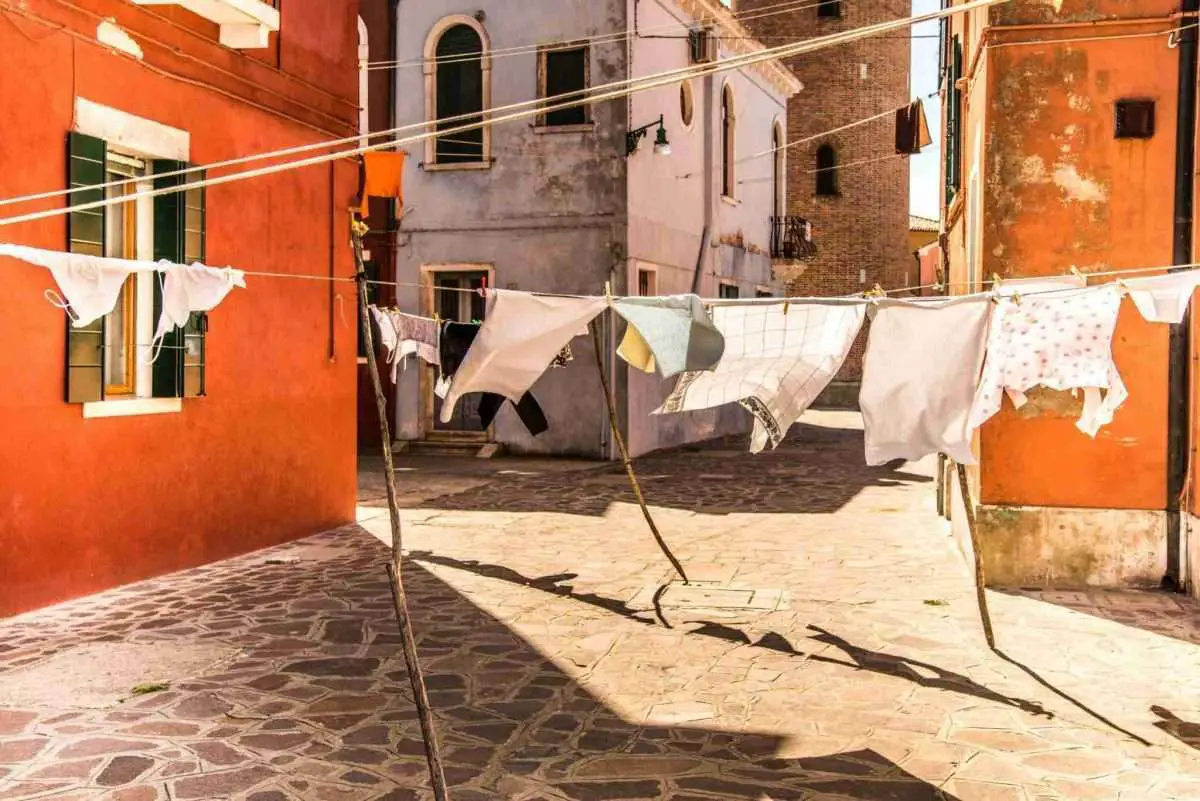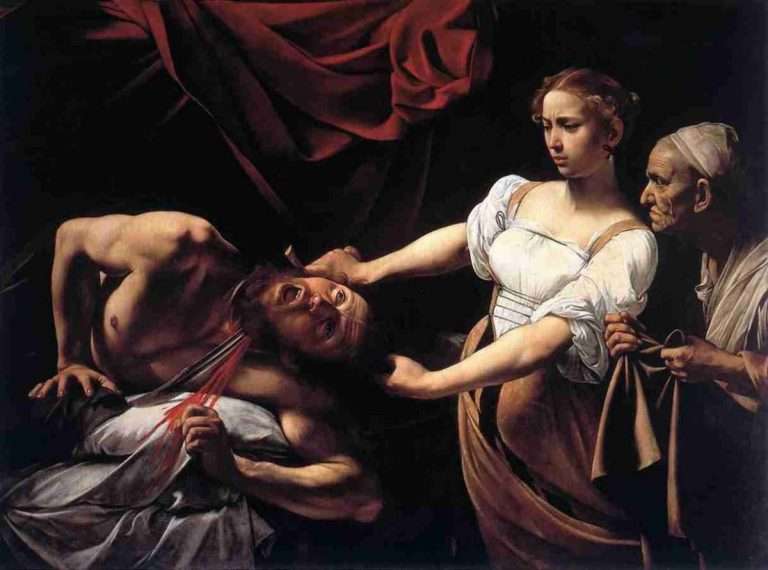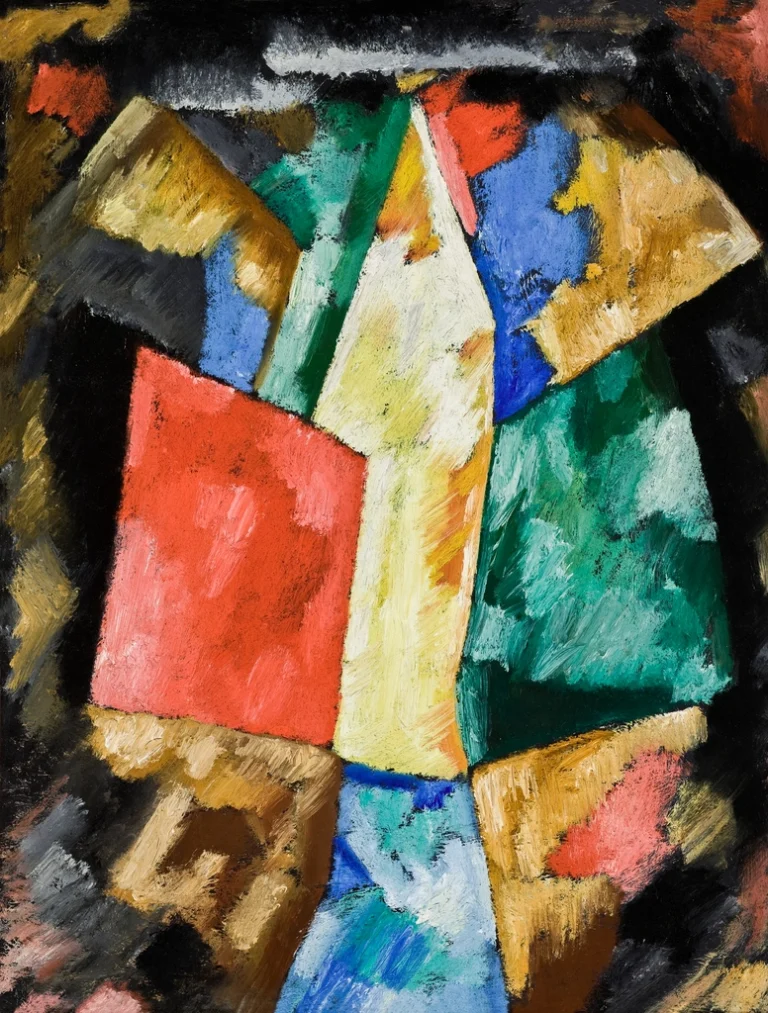
Spending time with Italians, you realize that so many of their current habits, beliefs, superstitions, and traditions are rooted in the ancient. This is even true when it comes to understanding the weather, particularly the way in which the wind blows.
I had never given much thought to the wind. Having grown up in the the U.S., I had heard of winds from the north, south, east, or west. Winds had directions but rarely had names.
What other directional winds had names? I wondered. Turns out that all of them do. And their names are derived from ancient times.
So I was intrigued one afternoon when an Italian colleague began bundling up in anticipation of the tramontana, a gusty, northern wind that blows “across the mountains.” Then I remembered that, a few months before, we had discussed the scirocco, a hot wind from the southeast.
What other directional winds had names? I wondered. Turns out that all of them do. And their names are derived from ancient times.
Origins of the Ancient Winds

The origins of the names Italy’s winds came, like many things, via Ancient Greece. Knowledge of the wind was essential for farmers minding crops and ancient sailors who depended on the directional winds to help power their ships across the Mediterranean. Understanding the winds was not exclusive to the Ancient Greeks, of course. But their geographical point of reference and early interactions with the Italian peninsula gave way to Ancient Romans adopting the Greek system and some of its nomenclature.
Homer cites four winds – Boreas, Eurus, Notos, Zephyrus – in his Odyssey, the epic that takes place in and gave names to many places in Italy. Nearly 500 years later, around 340 BCE, Aristotle wrote about 10 winds in his treatise on meteorology.
Following Homer and Aristotle were other Greek and Roman philosophers, writers, and scientists that studied the winds. Eratosthenes, Vitruvius, Seneca, and Virgil offered eight-, 12-, 24-, and even 32-point wind systems.
During the early Middle Ages, after the decline of the Roman Empire, Emperor Charlemagne devised his own 12-point system, using Germanic names (nordroni, vuestroni, etc.) that we recognize today. Meanwhile, scholars in the Arab World translated Aristotle’s Meteorology to come up with Arabic names for the 12 Greek winds.
Eight Winds of Italy and the Compass Rose
Italy today uses an eight-point compass rose. This system began in the 13th century when Genoa, Venice, and Pisa were republics and other parts of the Italian peninsula and Sicily were autonomous or otherwise affiliated. The names of the winds borrow from the lingua franca of medieval sailors and cartographers, who were influenced by terms picked up from the wider Mediterranean, including Spain, Portugal, Greece, Northern Africa, and Norman-Arab Sicily.

Here are the names of Italy’s winds:
Tramontana (N)
This is a northern wind from over or across the mountains (Alps). The Tramontana is most common in winter.
Grecale (NE)
This wind, also known as Greco or Bora, is a cold, northeastern wind from the direction of Greece and the countries on the eastern side of the Adriatic. The Grecale blows from autumn through early spring.
Levante (E)
Though the wind conjures up visions of the Middle East, the Levante is a wind that blows from the east—the direction of the rising (levante) sun—across the Western Mediterranean. This warm, damp wind from Gibraltar is most common from July to October.
Scirocco (SE)
A warm, sometimes violent wind that comes from the Sahara, the scirocco is usually associated with heat waves. The Scirocco is most common from March to November and brings with it a number of weather phenomena across the Italian peninsula. As the wind mixes with sand from the Sahara and moist air, it can cause “blood rain.” Combined with a high tide, the scirocco in late fall can also cause acqua alta in Venice.
Ostro (S)
This is a hot, humid wind from the south. Other names for the Ostro wind are Austro and Mezzogiorno. It is most common in the summer and often grouped together with either the Scirocco or the Libeccio.
Libeccio or Garbino (SW)
Common in summer months, the Libeccio is a southwestern wind from Libya or the Maghreb. Like the Scirocco, the Libeccio brings Saharan sand as it blows. Storm surges are typical during the Libeccio.
Ponente (W)
The Ponente is a warm, westerly wind. Its name is derived from the verb ponere (to set), which is what the sun does in this direction. In the summer, the ponente brings pleasant sea breezes. While in the fall and winter, this wind brings warmer temperatures.
Maestrale (NW)
Also known as Mistral (in English) or Maestro, named after the main nautical from Rome when ships sailed toward Sicily and beyond. The Maestrale, which blows down from France, is particularly prevalent in Sardinia. It is a strong, cold wind that is persistent in the winter months.
Though most meteorologists and laypeople in Italy use these main terms, they may also use additional names to describe the winds depending on region and dialect. For example, in Emilia-Romagna, the east wind is the Vét de So (vento del sole or wind of the sun). The Maestrale in Molise is the Maiellesa, a name that comes from the Majella mountains. The western wind, known sometimes as the diminutive Ponentino in Rome, goes by a rather charming name in Sardinia – Bentu ‘e Luna, the wind of the moon (Vento della Luna).
Another name for a wind compass is a compass rose or wind rose. Italians call it the rosa dei venti.
Places and Monuments in Italy Associated with the Winds
Italy’s winds have given their names to several places and monuments in Italy.

Vatican City has several examples. The center of St. Peter’s Square is a giant compass rose. There are various marble markers around the central fountain that list each of the winds. The Gallery of Maps in the Vatican Museums has Baroque-era frescoes depicting the directional winds. There is also the marble anemoscope, basically an ancient weather vane, in the Vatican Museum collection, though it is unclear whether this object is on display. Many of Italy’s maritime and scientific museums have compass roses and other instruments.
Then, of course, there are place names from Homer’s Odyssey, one of the earliest texts to give names to the winds. Lazio’s Riviera Ulisse, which includes the Pontine Islands and the beach resort San Felice Circeo, is where Circe seduced Odysseus. Furthermore, Sicily’s Aeolian Islands got their name from Aeolus, Homer’s God of the Winds.
Last updated on July 31st, 2023Post first published on September 4, 2020






